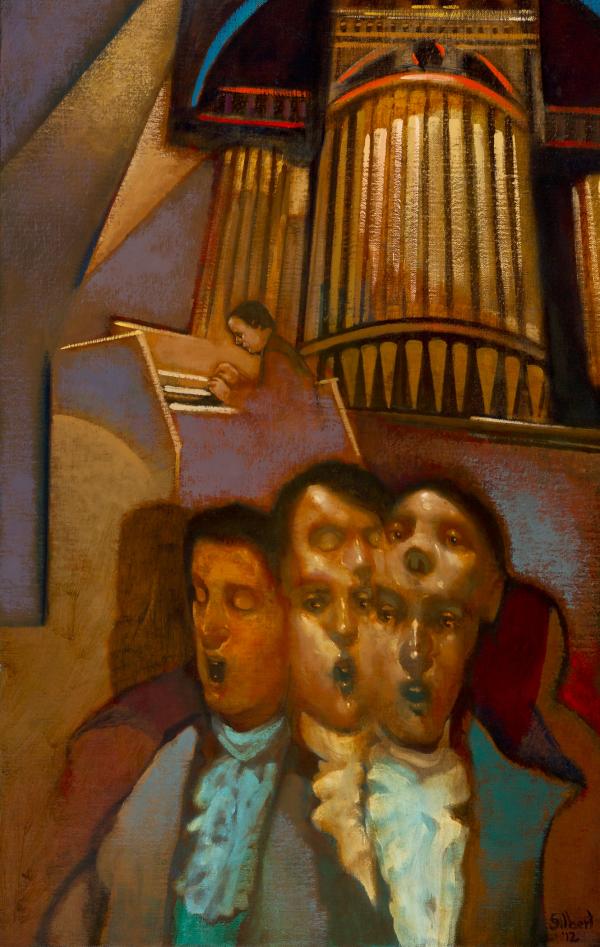The Song of Prayer in Colonial and 19th-Century America
From the curator
It is well known that the first Jewish community established in North America began with twenty-three Sephardi Jews who arrived in New Amsterdam in 1654. Part of a group originally from the Netherlands that had established a sizeable community in Recife, Brazil while it was under Dutch rule, they left after the Portuguese took over and the specter of the Inquisition loomed.
What is less widely known is that this group of Western Sephardim (descendants of Sephardi Jews that fled the Iberian Peninsula and settled primarily in Amsterdam and London) took great pains to maintain their distinctive liturgical music. They continuously imported properly trained cantors from Europe to ensure as little variation in practice as was possible. “In no other area of Jewish practice were they so meticulous,” writes Neil W. Levin in his introduction to this volume. “Thus their liturgical music tradition appears to have been a potent—perhaps the primary—vehicle for defining their internal Jewish identity.” (Levin’s introductory essay to this volume is essential for understanding the origins and history of this tradition.)
That music comprises the first part of Jewish Voices in the New World, which looks at Jewish liturgical music in North America from the Colonial era through the early 20th century. Representing the Western Sephardi musical tradition here are biblical cantillations, piyyutim, and kinot from a variety of liturgical contexts. The most significant of these are the collection Chant’s and Elegies for Tisha b’av that commemorate the destruction of the first and second Temples in Jerusalem.
To those accustomed to Ashkenazi liturgical music, that of the Western Sephardim can sound quite foreign. It nonetheless constitutes some of the most interesting music in the Milken Archive and, remarkably, continues to this day in some of America's oldest synagogues.
The same cannot be said for the music comprising the second part of this volume, that of the early American Reform movement. Among the historical curiosities in this repertoire are selections from a volume prepared for the 1893 World’s Fair in Chicago commissioned by the Jewish Women’s Congress, and two “borrowed” pieces for the Yom Kippur liturgy, one set to a Donizetti aria and the other to Beethoven’s Moonlight sonata.
That last piece owes its existence to a non-Jewish German immigrant named Frederick Kitziger, a musician who briefly attempted a farming career but wound up becoming one of 19th-century New Orleans’ most prolific composers of Jewish music. Our interview with musicologist John Baron delves into Kitziger’s life and impact on American Reform Judaism.
Neil W. Levin’s introductory essay provides crucial context for understanding the events of the early American Reform movement and its music, especially vis-à-vis the Union Prayerbook and even more especially with respect to its very “American” sound. As he states, “Classical Reform congregations wanted their music to be American because, for them, modernized, updated Judaism was itself both American and an American religion.” And further, that such sounds “symbolized edification as well as status . . . and were interpreted intuitively as signs of social and cultural arrival.”
The music of the Classical Reform era is now largely a relic of the past. As European Jewish composers arrived in America in the 1920s, 30s, and 40s, they began composing music more in the vein of that which had developed in Europe under such influential figures as Solomon Sulzer and Louis Lewandowski. Much of the music from that neo-Reform period can be explored in Volume 4.
—Jeff Janeczko








